Math Curriculum
Kindergarten
|
Course Purpose: |
Students will connect numbers to quantities, use numbers to represent and relate, and compose and decompose numbers as they develop number sense. Students will use geometric ideas and spatial reasoning to describe their physical world. |
Outcomes and Components:
|
M.K.6 |
Students will use two-dimensional and three-dimensional shapes to describe objects and positions of objects in their world. |
||
|
Pacing Instruct/ Assess |
Component Code |
Component |
Standard(s) |
| M.K.6.1 | Identify and describe objects in the environment using names of two-dimensional and three-dimensional shapes to include squares, circles, triangles, rectangles, trapezoids, hexagons, cubes, cones, cylinders, and spheres. | K.G.A.1 | |
| M.K.6.2 |
Describe the relative position of shapes using terms such as above, below, beside, in front of, behind, and next to. |
K.G.A.1 | |
| M.K.6.3 |
Name shapes regardless of their orientations or overall size. |
K.G.A.2 | |
| M.K.6.4 |
Classify shapes as two-dimensional or three-dimensional. |
K.G.A.3 | |
| M.K.6.5 | Analyze and compare two-dimensional and three-dimensional shapes in different sizes and orientations to describe similarities, differences, parts (number of sides or vertices), and other attributes (equal side lengths). | K.G.B.4 | |
| M.K.6.6 | Draw and model shapes in the world by building them from provided materials. | K.G.B.5 | |
| M.K.6.7 | Compose simple shapes to form larger shapes. | K.G.B.6 | |
|
Academic Vocabulary: |
|
Content Vocabulary: |
